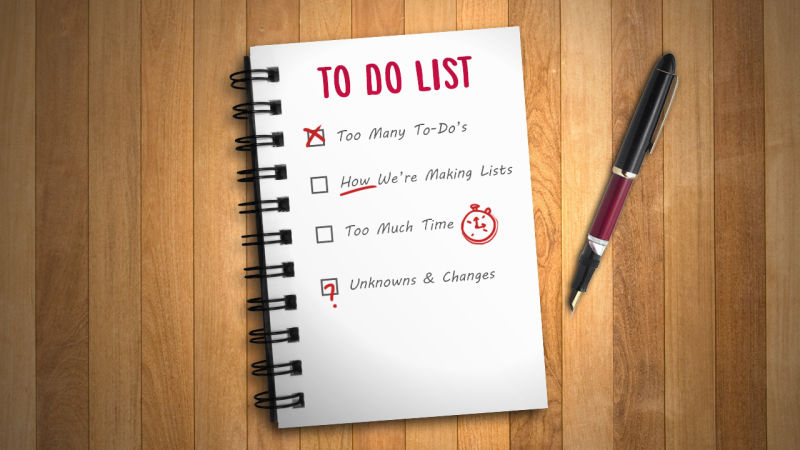How to make an effective to-do list
 Every day, we always have something to do, whether it be going to the supermarket to buy groceries, finishing your project at work, a meeting that you have, a personal project that you’re working on, or something that you want add in your lifestyle like going to the gym or learning how to draw.
Every day, we always have something to do, whether it be going to the supermarket to buy groceries, finishing your project at work, a meeting that you have, a personal project that you’re working on, or something that you want add in your lifestyle like going to the gym or learning how to draw.
But the problem is, we begin to procrastinate. Procrastination is the enemy of our successful self but sometimes, it gets the better of us. So here’s a sure fire way to make an effective to-do list that executives use to achieve maximum productivity!
It’s called The Ivy Lee Method
It was made by Ivy Lee, a successful businessman and a pioneer in human relations. He helped Charles M. Schwab, the richest man in the world, with the efficiency of his executives. So here’s what he did:
1.At the end of each workday, write down the six most important things you need to accomplish tomorrow. Do not write down more than six tasks.
2.Prioritize those six items in order of their true importance.
3.When you arrive tomorrow, concentrate only on the first task. Work until the first task is finished before moving on to the second task.
4.Approach the rest of your list in the same fashion. At the end of the day, move any unfinished items to a new list of six tasks for the following day.
5.Repeat this process every working day.
Here’s how it actually works:
It’s simple enough to actually work.
The primary critique of methods like this one is that they are too basic. They don’t account for all of the complexities and nuances of life. What happens if an emergency pops up? What about using the latest technology to our fullest advantage? In my experience, complexity is often a weakness because it makes it harder to get back on track. Yes, emergencies and unexpected distractions will arise. Ignore them as much as possible, deal with them when you must, and get back to your prioritized to-do list as soon as possible. Use simple rules to guide complex behavior.
It forces you to make tough decisions.
I don’t believe there is anything magical about Lee’s number of six important tasks per day. It could just as easily be five tasks per day. However, I do think there is something magical about imposing limits upon yourself. I find that the single best thing to do when you have too many ideas (or when you’re overwhelmed by everything you need to get done) is to prune your ideas and trim away everything that isn’t absolutely necessary. Constraints can make you better. Lee’s method is similar to Warren Buffett’s 25-5 Rule, which requires you to focus on just 5 critical tasks and ignore everything else. Basically, if you commit to nothing, you’ll be distracted by everything.
It removes the friction of starting.
The biggest hurdle to finishing most tasks is starting them. (Getting off the couch can be tough, but once you actually start running it is much easier to finish your workout.) Lee’s method forces you to decide on your first task the night before you go to work. This strategy has been incredibly useful for me: as a writer, I can waste three or four hours debating what I should write about on a given day. If I decide the night before, however, I can wake up and start writing immediately. It’s simple, but it works. In the beginning, getting started is just as important as succeeding at all.
It requires you to single-task.
Modern society loves multi-tasking. The myth of multi-tasking is that being busy is synonymous with being better. The exact opposite is true. Having fewer priorities leads to better work. Study world-class experts in nearly any field—athletes, artists, scientists, teachers, CEOs—and you’ll discover one characteristic runs through all of them: focus. The reason is simple. You can’t be great at one task if you’re constantly dividing your time ten different ways. Mastery requires focus and consistency.
The bottom line? Do the most important thing first each day. It’s the only productivity trick you need.
